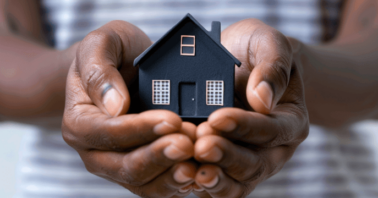- Kenya has a serious housing shortage.
- A 3D-printed home is exactly what it sounds like—a house constructed using a giant 3D printer that extrudes concrete or other building materials layer by layer, following a digital design.
- Some African countries, like Malawi and Madagascar, have already experimented with 3D-printed homes, mainly for low-cost housing.
- With the right policies and investments, Kenya could soon be at the forefront of this housing revolution.
Imagine ordering a house the way you order a custom cake, designed to your liking and built in a matter of days. Sounds futuristic, right? Well, that is the world of 3D-printed homes! This groundbreaking technology is slowly but surely making its way into Kenya’s housing sector, promising affordability, speed, and sustainability. But is it the game-changer we need? Let’s explore.
Table of Contents
What is a 3D-Printed Home?
A 3D-printed home is exactly what it sounds like—a house constructed using a giant 3D printer that extrudes concrete or other building materials layer by layer, following a digital design. Unlike traditional construction, which requires bricks, cement, and an army of workers, 3D printing minimises manual labor and speeds up the process dramatically. In some cases, entire homes can be printed in just 24 hours!
Why Kenya Needs 3D-Printed Homes
Kenya has a serious housing shortage. According to reports, the country needs over 200,000 new homes annually, but only a fraction of that is built. High construction costs, land issues, and slow bureaucratic processes often delay housing projects. This is where 3D printing could be a game-changer.
- Affordability: Since 3D printing reduces labor and material costs, homes can be built at a fraction of the price of conventional methods. This could provide more affordable housing options for low- and middle-income families.
- Speed: Traditional homes can take months (or even years) to complete, but a 3D-printed home could be ready in just days or weeks.
- Sustainability: Many 3D-printing techniques use eco-friendly materials, reducing waste and the environmental footprint.
Is Kenya Ready for 3D-Printed Homes?
While the idea of 3D-printed homes is exciting, there are challenges that need to be addressed before we can fully embrace this technology:
- Regulations and Standards: Kenya’s construction industry is heavily regulated, and new building methods would need to pass strict safety checks.
- Public Perception: Many people still associate quality housing with bricks and mortar. It will take time to shift mindsets and build trust in 3D-printed structures.
- Infrastructure and Technology: 3D-printing technology is still relatively new in Africa, and investment in machinery and expertise will be necessary.
What’s Happening So Far?
Some African countries, like Malawi and Madagascar, have already experimented with 3D-printed homes, mainly for low-cost housing. In Kenya, organisations like Habitat for Humanity have explored 3D-printing projects, and startups are beginning to show interest. With the right policies and investments, Kenya could soon be at the forefront of this housing revolution.
Final Thoughts: Hype or Hope?
3D-printed homes are not just a futuristic fantasy, they are a potential solution to Kenya’s housing crisis. While challenges exist, the benefits of affordability, speed, and sustainability make this an exciting technology to watch. If Kenya embraces it, we might just be looking at a future where getting a home is as easy as pressing “print.”



